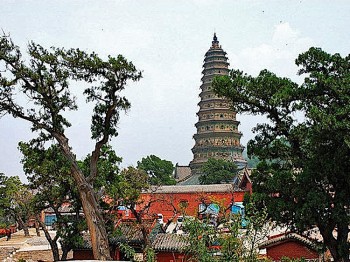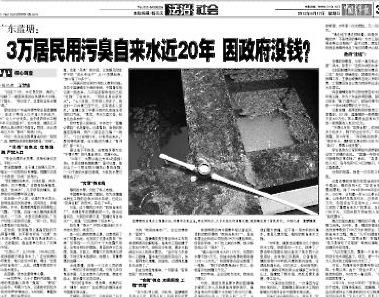Ancient Chinese Cooled Foods With Ice
A Chinese researcher has found evidence of refrigeration being used to preserve food in China as early as 147 A.D.

Guangsheng's famous pagoda stands serenely over Shanxi. Panormio.com user 'yayawilliam'
|Updated:





